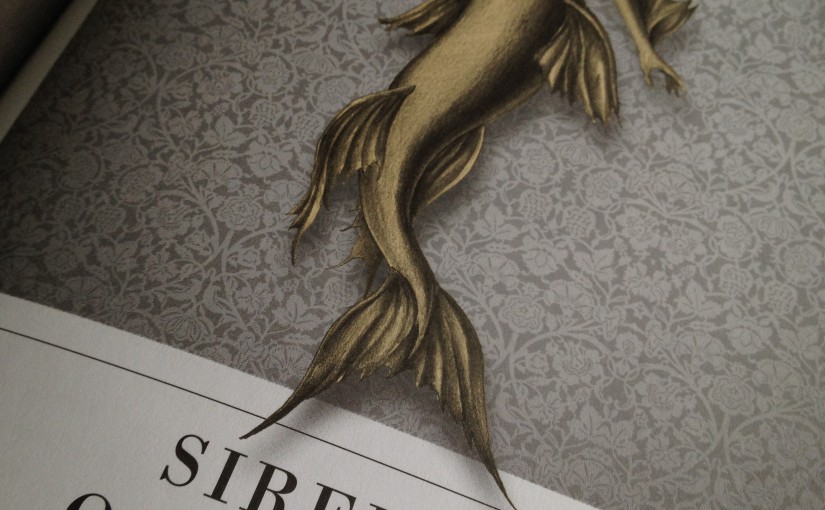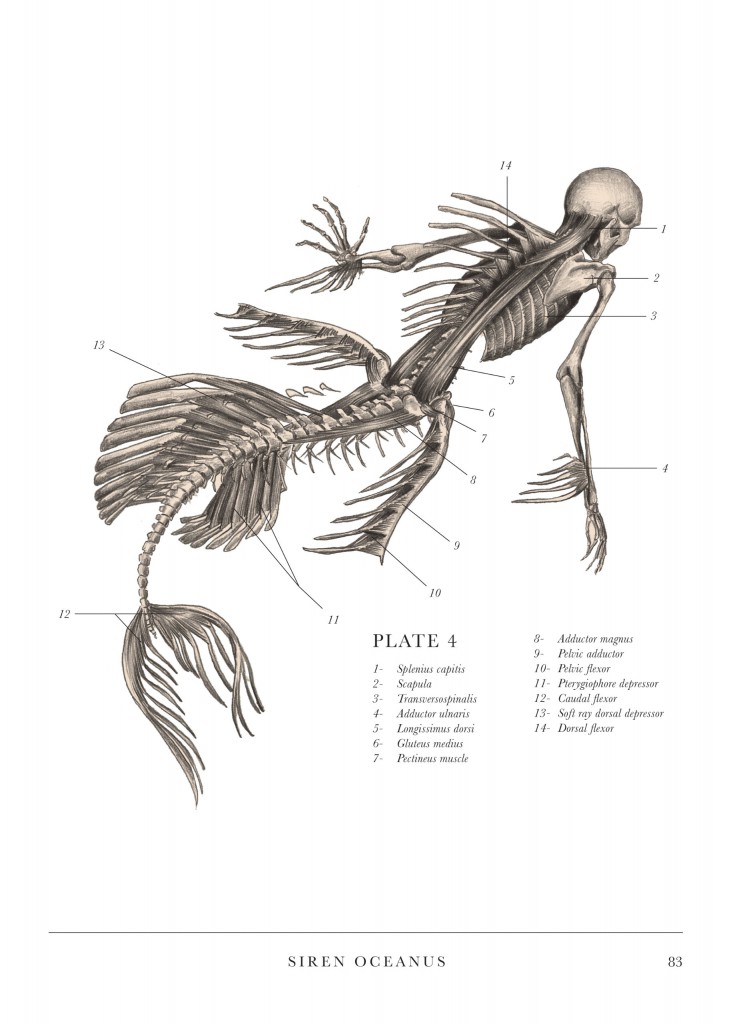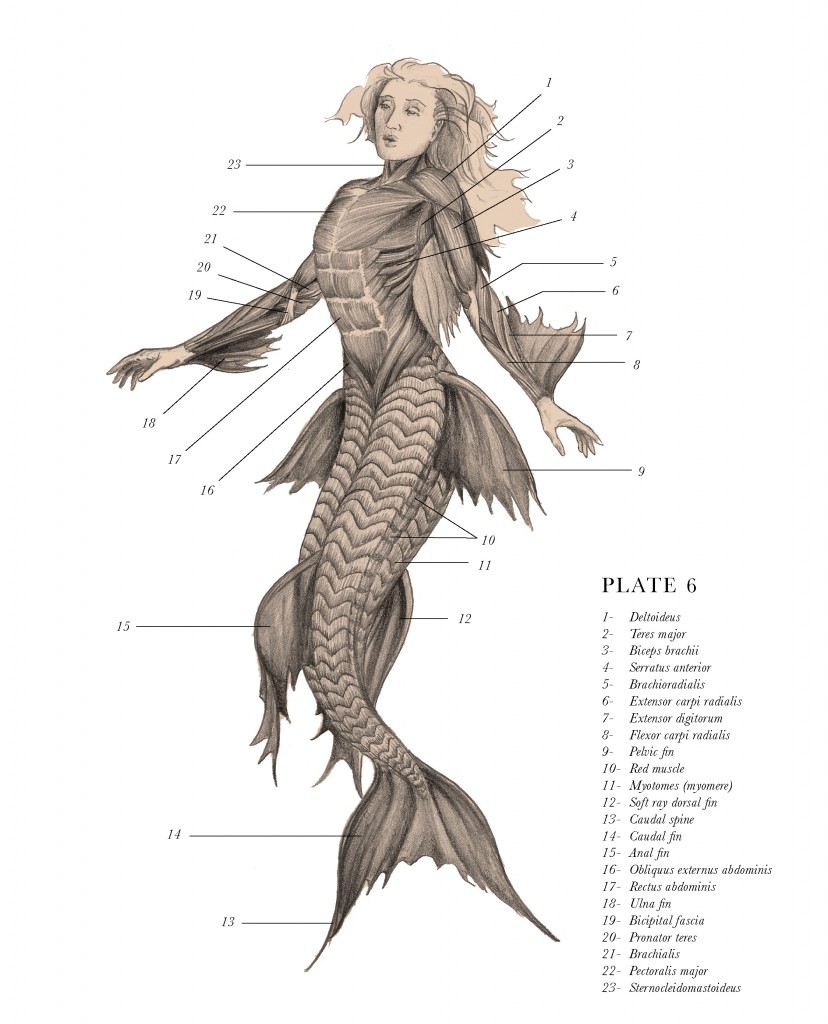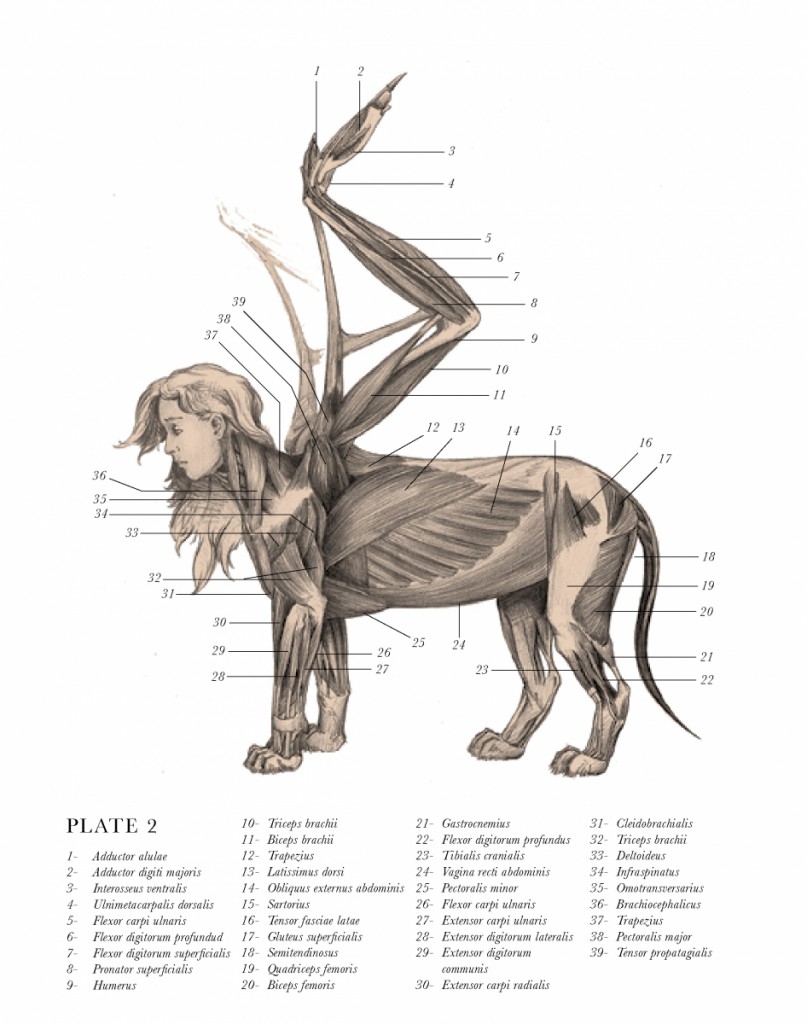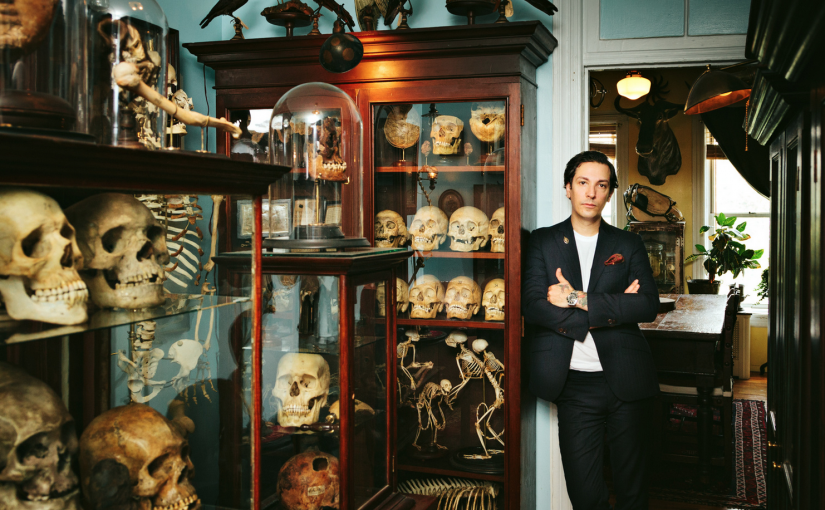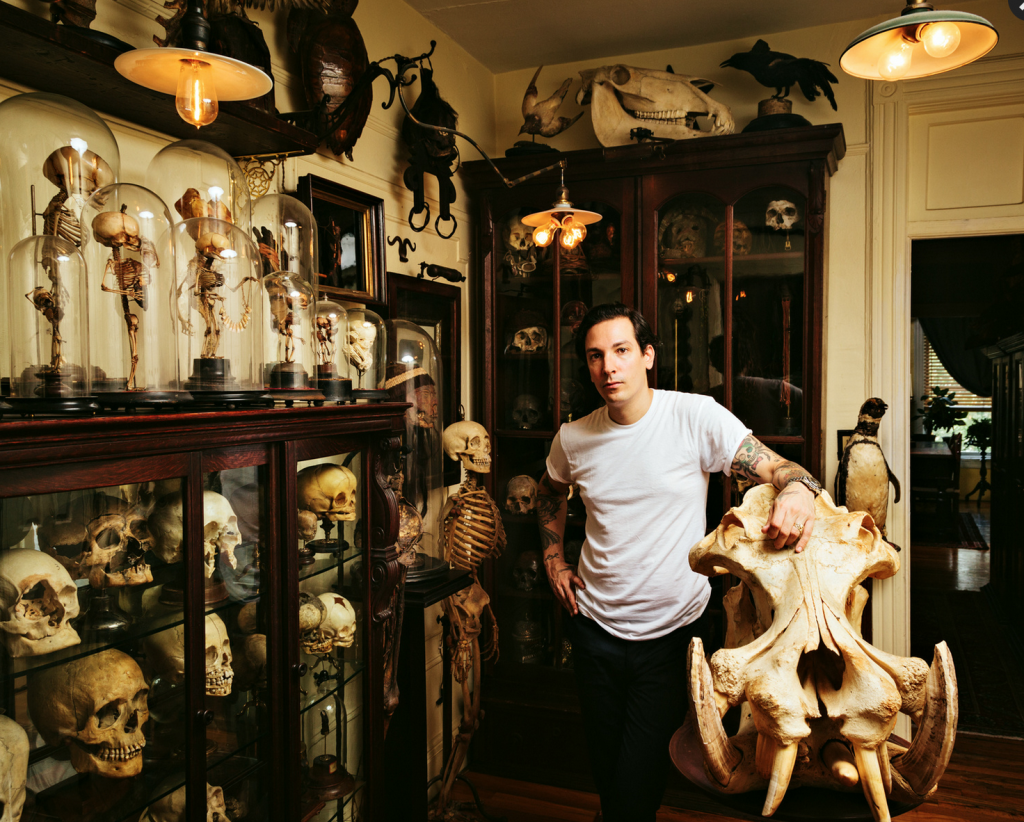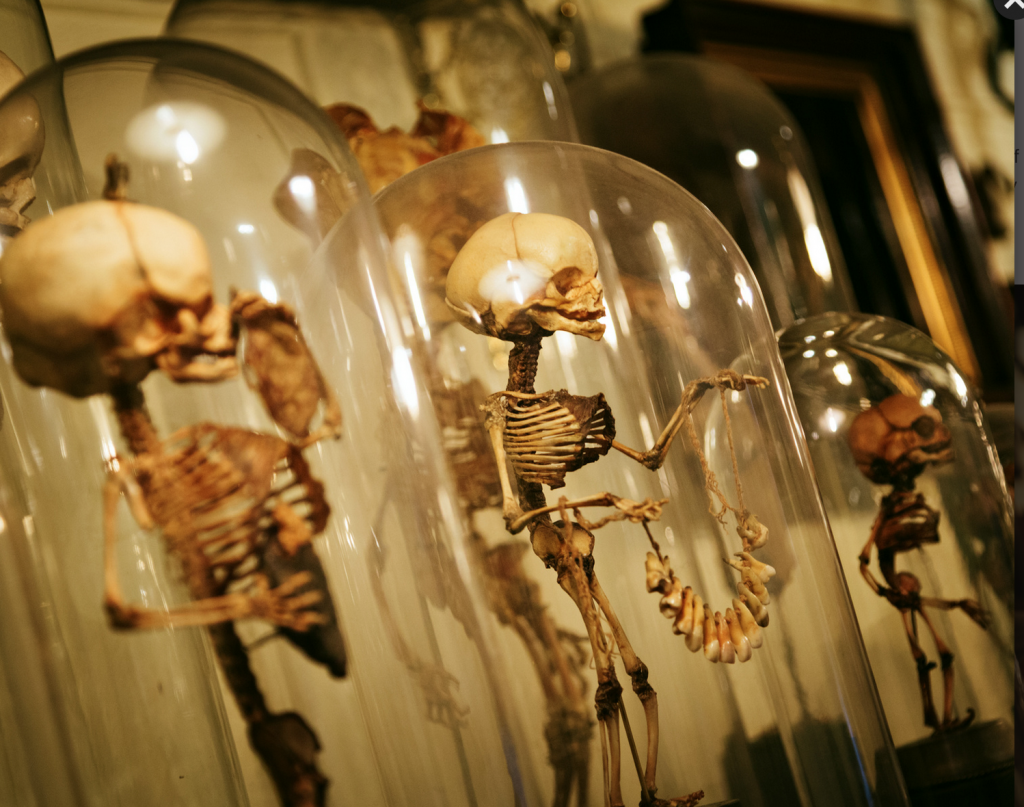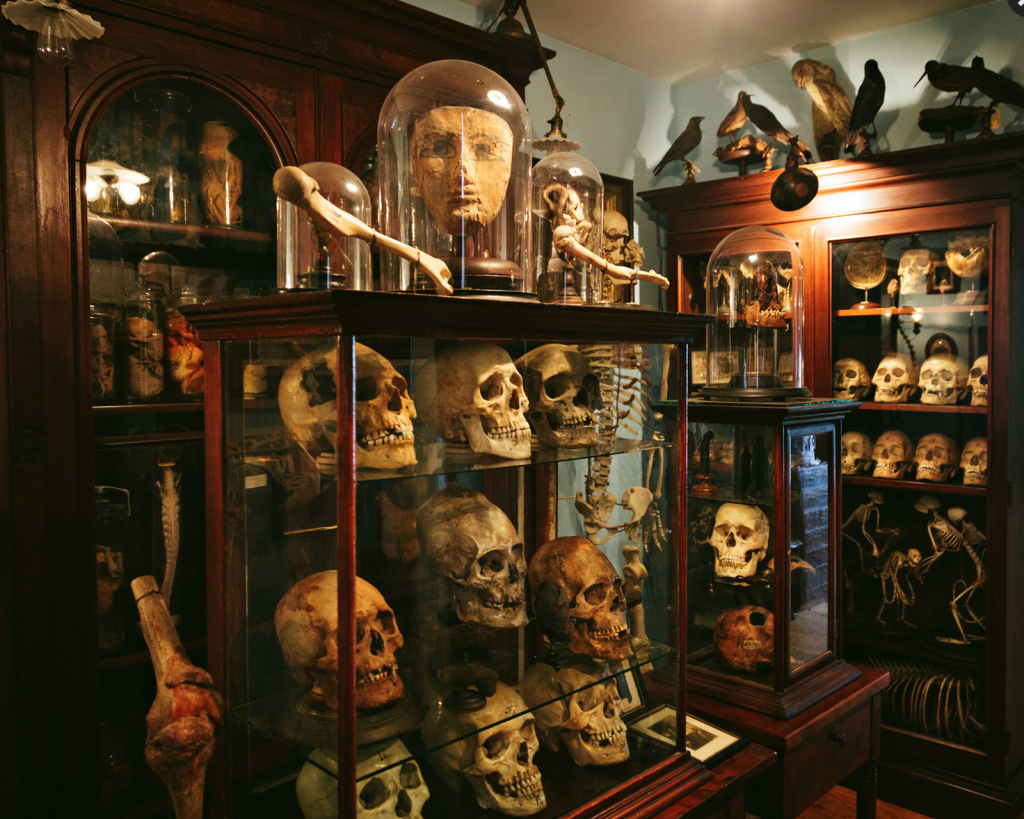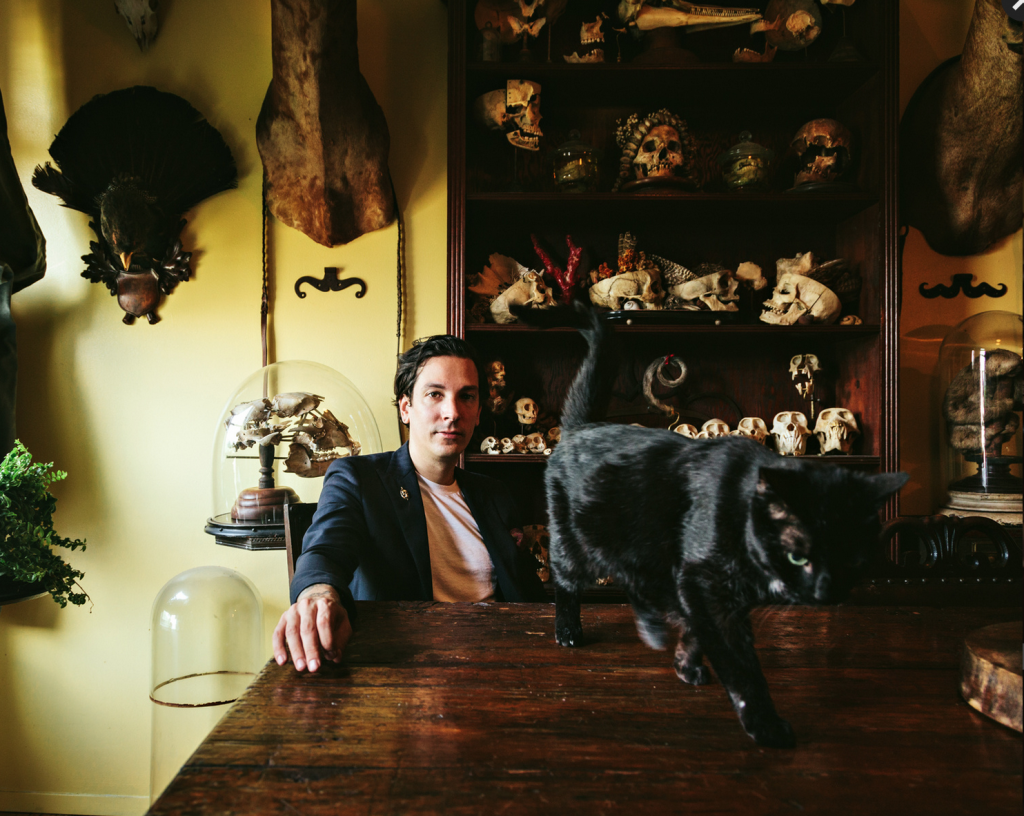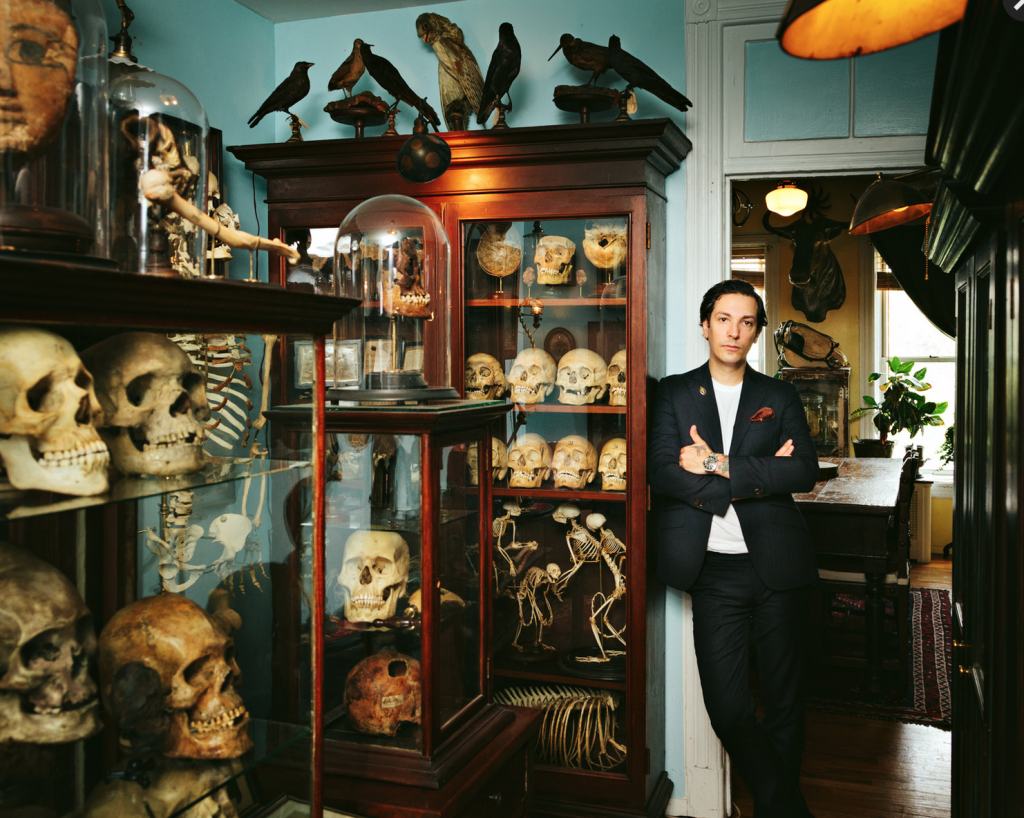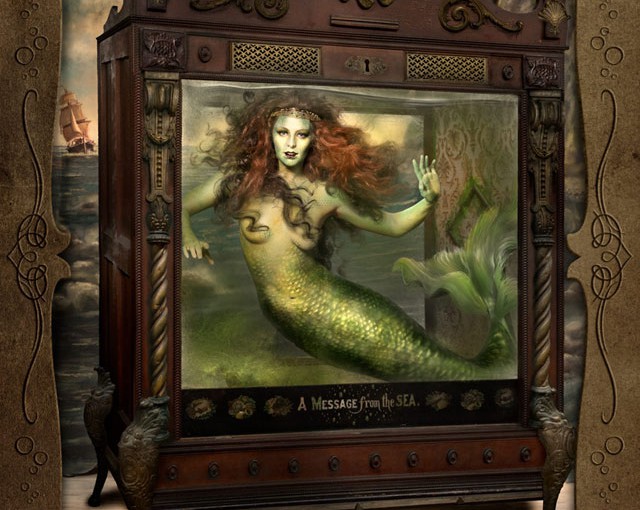
 This was what I was trying to do with my blue and red dotwork that I tried a while back and gave up on. I might try again. These images are by Justin Hopkins, from here.
This was what I was trying to do with my blue and red dotwork that I tried a while back and gave up on. I might try again. These images are by Justin Hopkins, from here.
Month: May 2015
Les Yeux du Chat by Moebius and Jodorowsky
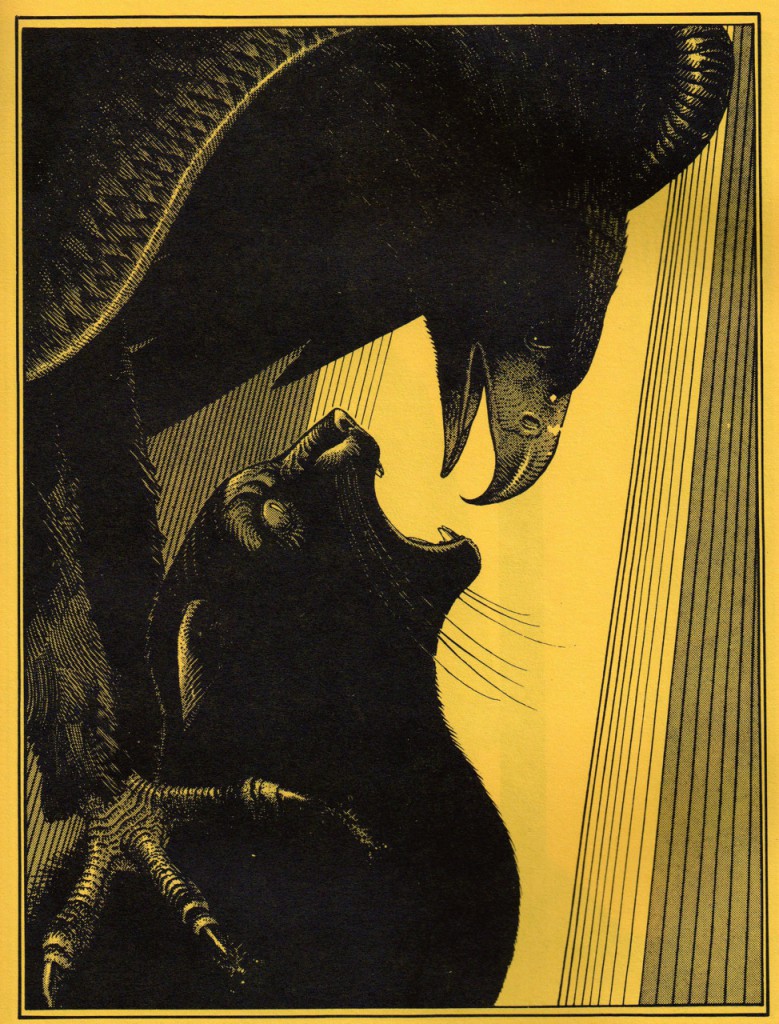
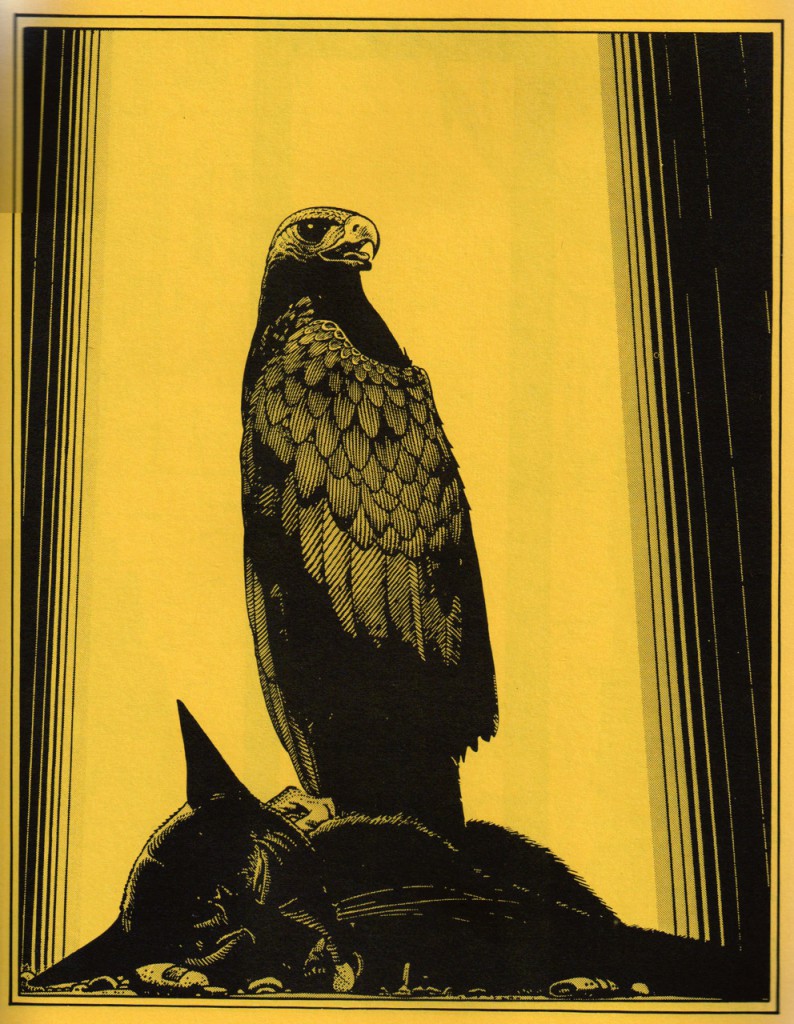
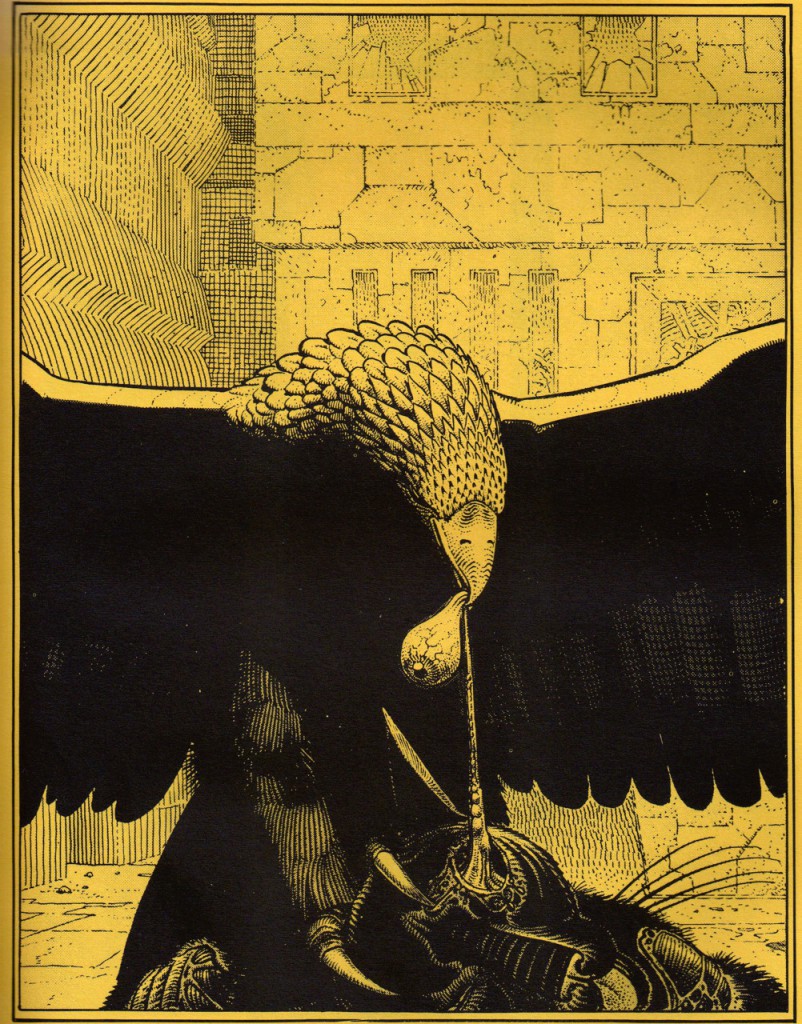
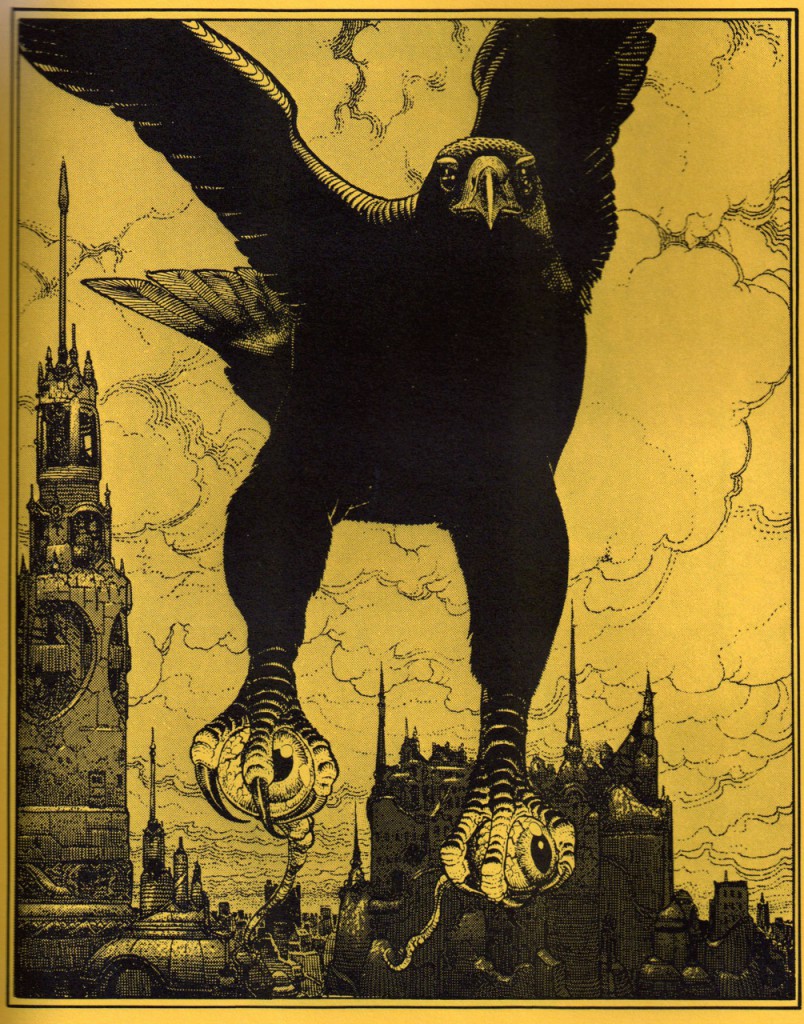
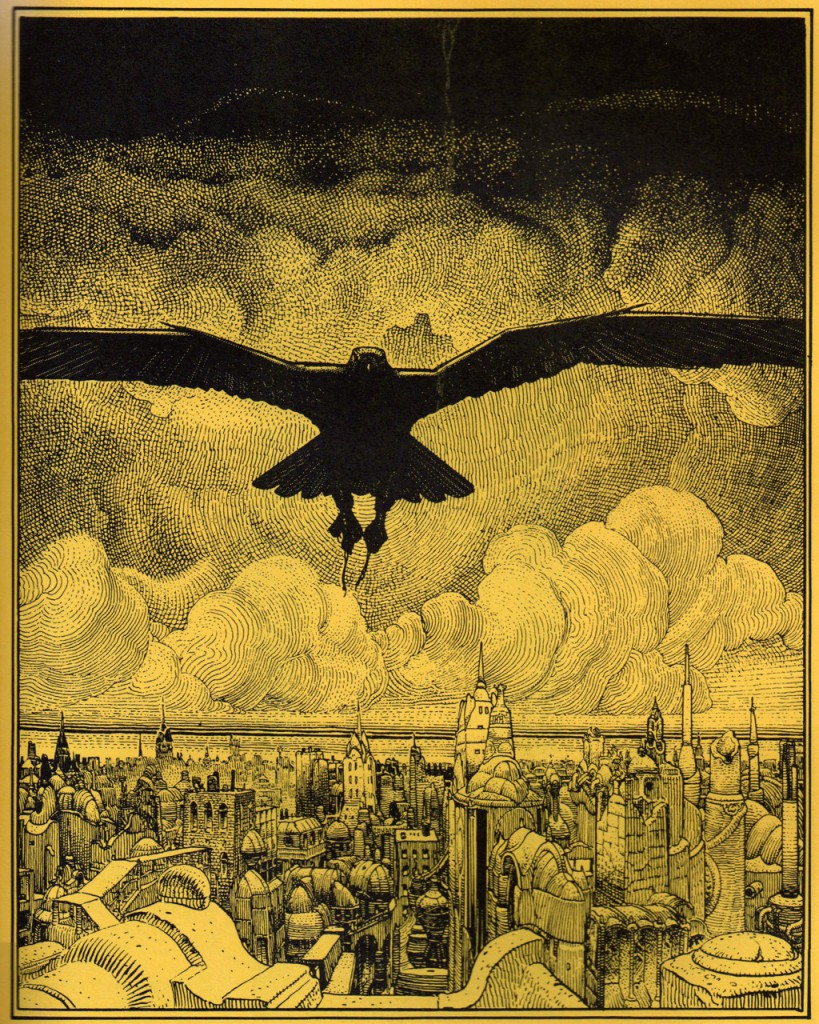
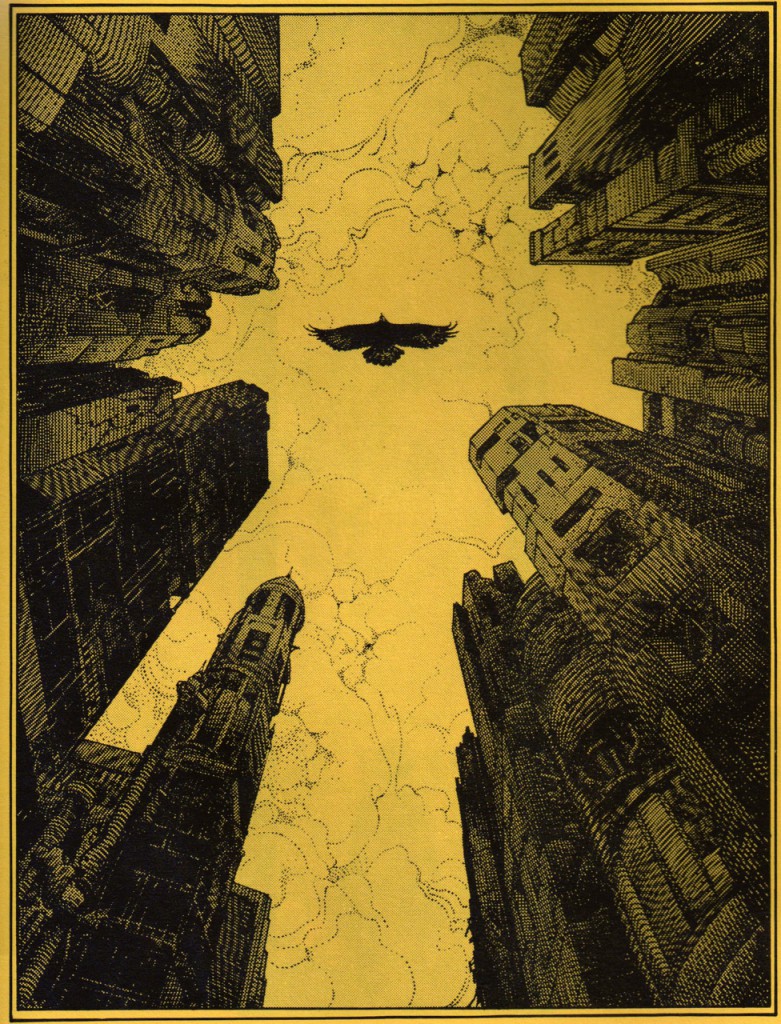
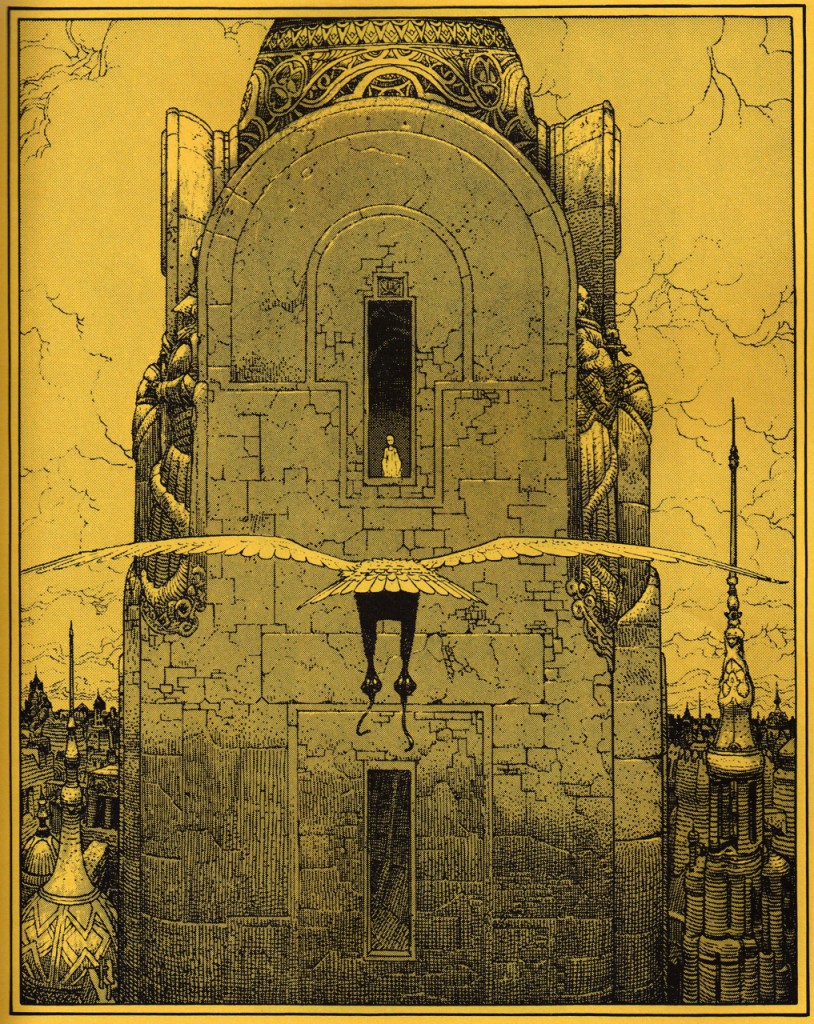
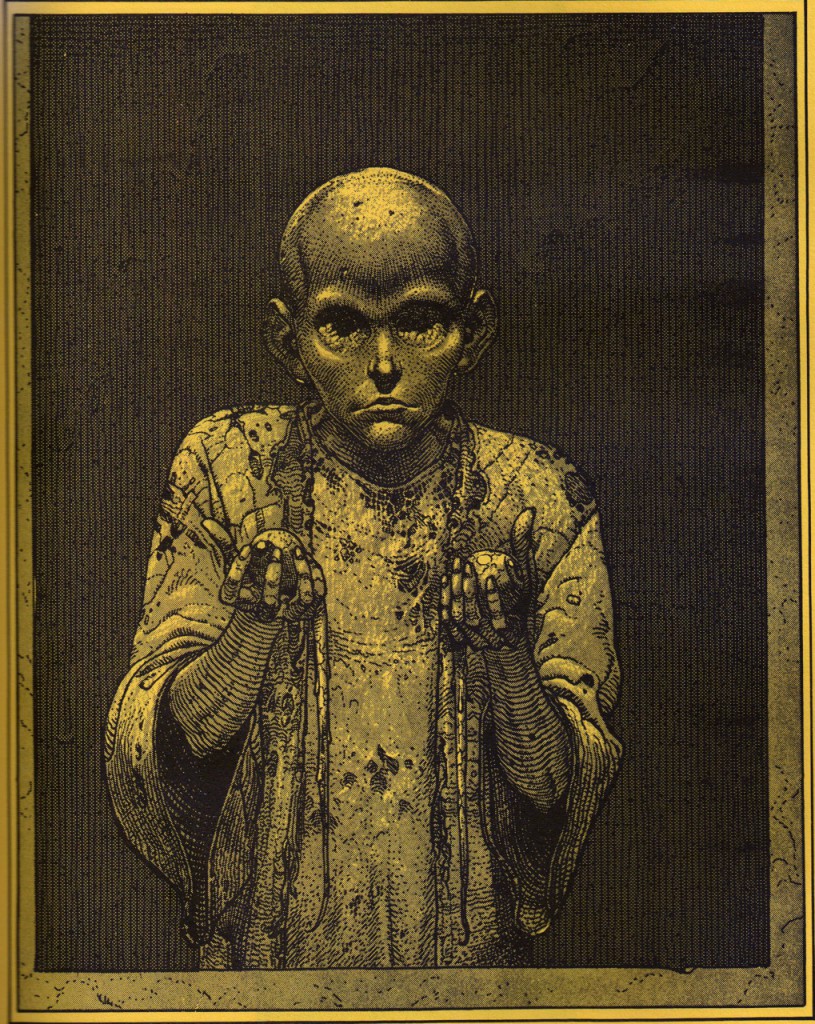 Le Yeux du Chat by Moebius and Jodorowsky is one of my favourite short masterpieces ever. I’m sorely envious of this stellar example of wordless storytelling and I’m dying to bring my own illustrative style up to this kind of standard.
Le Yeux du Chat by Moebius and Jodorowsky is one of my favourite short masterpieces ever. I’m sorely envious of this stellar example of wordless storytelling and I’m dying to bring my own illustrative style up to this kind of standard.
I’m thinking that storytelling will work for me. The bizarre works for me. And perhaps I could also try using monochromatic washes of colour? This is still my very early exploration so I haven’t exactly gone into specifics about what I want to do yet.
I got all the images off this original post.
Creepy ocean babes

 I’ve been inspired by survival horror and weird anatomy lately as well as The Resurrectionist and Japanese erotica. I’ve been trying to synthesize all those influences to get into a drawing mood that can effectively carry most of my project, because honestly I just want to spend most of it drawing and creating.
I’ve been inspired by survival horror and weird anatomy lately as well as The Resurrectionist and Japanese erotica. I’ve been trying to synthesize all those influences to get into a drawing mood that can effectively carry most of my project, because honestly I just want to spend most of it drawing and creating.
I have this interest in strange deep-sea creatures (anything bizarre found in nature floats my boat) and after talking to one of my friends yesterday it helped me crystallize the kind of feeling I’m going for in my drawings, the tension between the beautiful and grotesque, as opposed to making something purely beautiful or purely grotesque. I don’t know yet about how it relates to duality or Greek mythology but somehow I believe that in these early stages I should just let myself wander a little before I buckle down and focus.
Erika Tay’s illustrations


 Erika Tay (erikartoon.tumblr.com) is a Singaporean illustrator I discovered on Instagram. I love the tension between the grotesque and colourful in her work, which is always what I go for in my own work (except not the exact same style because I want to be able to carve myself a niche without copying other illustrators I like). Just visual inspiration for myself.
Erika Tay (erikartoon.tumblr.com) is a Singaporean illustrator I discovered on Instagram. I love the tension between the grotesque and colourful in her work, which is always what I go for in my own work (except not the exact same style because I want to be able to carve myself a niche without copying other illustrators I like). Just visual inspiration for myself.
The Resurrectionist by EB Hudspeth
I got my hands on a copy of The Resurrectionist by EB Hudspeth recently and this book exemplifies something of the direction I’d like to move in with regard to my FYP. The book incorporates the fictional biography of a mad scientist of sorts alongside the (also fictional) scientist’s codex into this wonderfully dark tome that makes you want to believe in the existence of the implausible creatures it presents.
The anatomical drawings are so inspiring and again there’s that tension between reality and fantasy (which to me is also an aspect of duality) which is what I’d like to incorporate in my storytelling in my project as well.
So far, I’ve only got a couple of things down: storytelling (stories within stories, blurring of reality and fantasy, mythology, bizarre anatomy/body horror.
Axel Dupeux | Ryan Matthew Cohn
I came across this series of photographs by Axel Dupeux of collector Ryan Matthew Cohn. It’d be a neat visual reference for all the bizarre images I want to incorporate.
The Rough and Ready Sideshow by Ransom & Mitchell
The Rough & Ready Sideshow series from photographer Jason Mitchell and digital artist Stacey Ransom reinvents the vintage cabinet cards of yore with a colorful whimsy that is both alluring and bizarre.
To create the intricate details of these circus portraits, Ransom & Mitchell sew costumes, build sets and fabricate props, then digitally paint the final touches that couldn’t be done in studio.
— Cult Of Weird
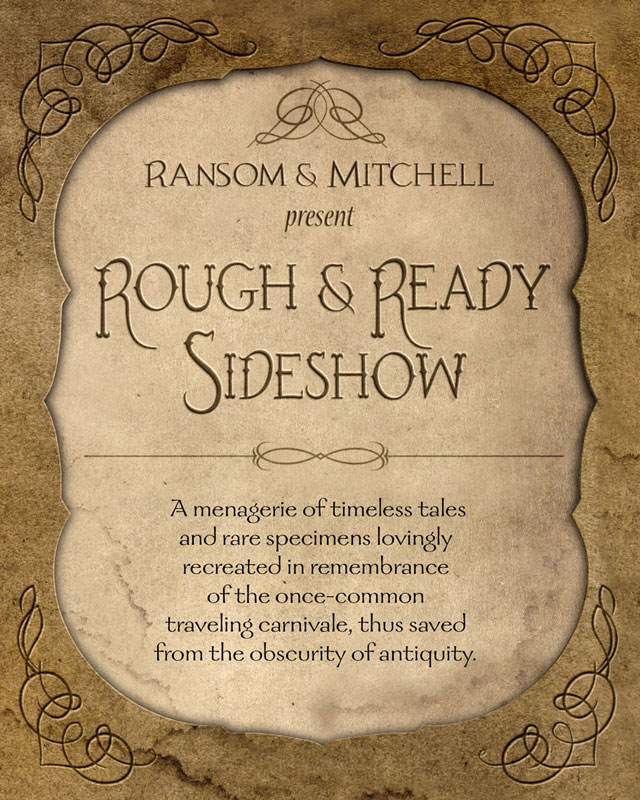
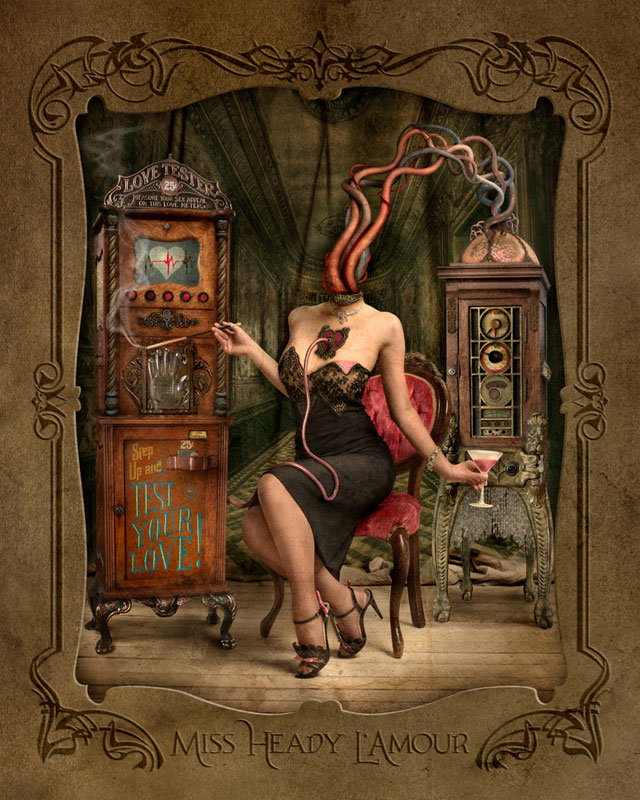
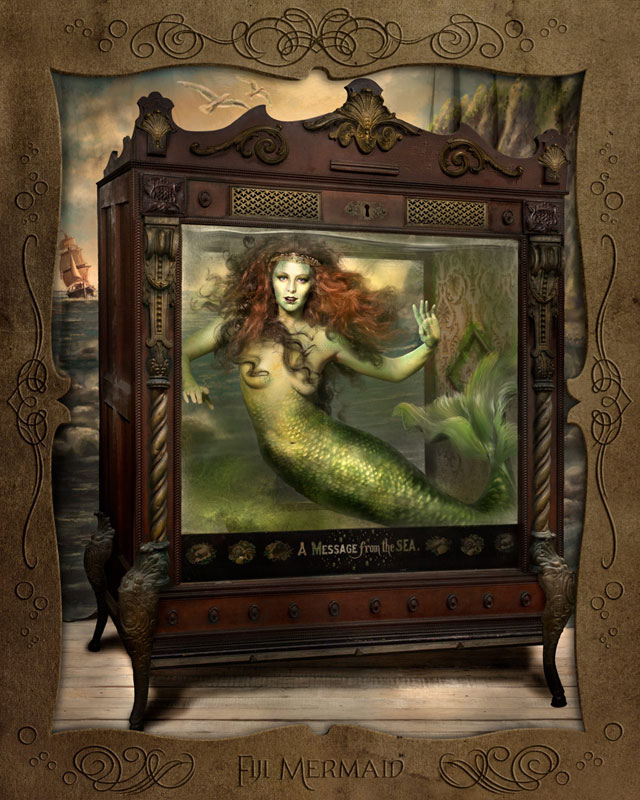
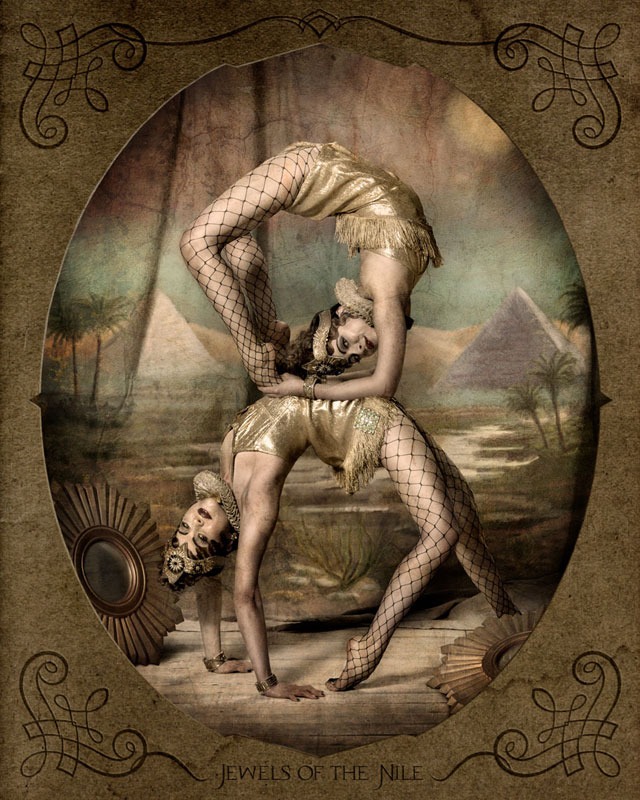
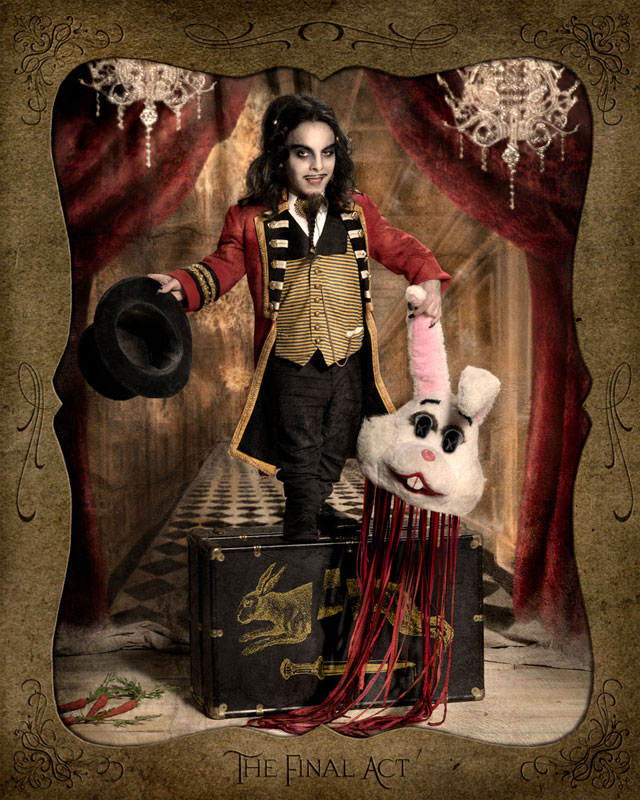
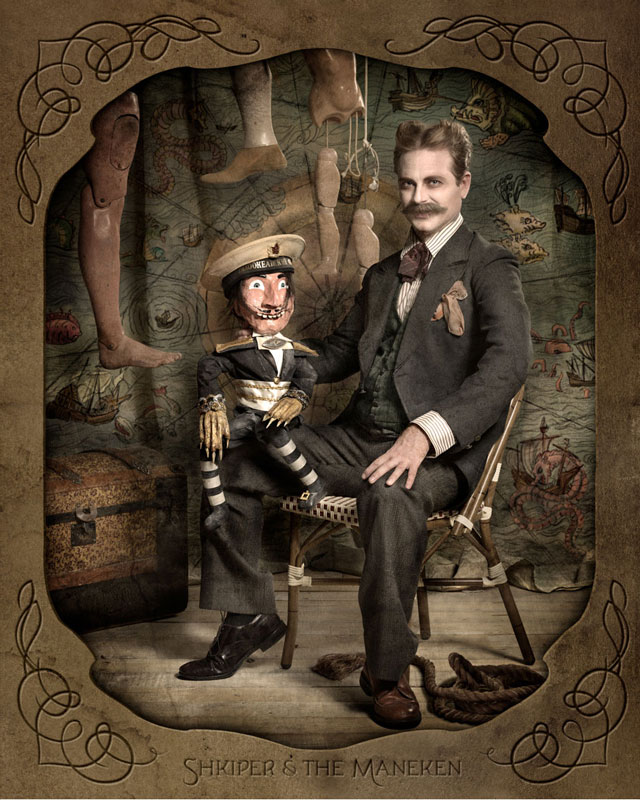 I love the vintage freakshow/sideshow/circus look and the principle of it making you want to look twice at everything. I have an undeniable penchant for whatever is slightly creepy, bizarre or both and I’d also like to work this into the look of my project, at least where illustration and type styles are concerned. I don’t know if this is forcing it, but the normal/weird dichotomy going on (ha ha) might be something worth exploring too, at least in the visuals.
I love the vintage freakshow/sideshow/circus look and the principle of it making you want to look twice at everything. I have an undeniable penchant for whatever is slightly creepy, bizarre or both and I’d also like to work this into the look of my project, at least where illustration and type styles are concerned. I don’t know if this is forcing it, but the normal/weird dichotomy going on (ha ha) might be something worth exploring too, at least in the visuals.
Janus
In ancient Roman religion and myth, Janus (/ˈdʒeɪnəs/; Latin: Ianus, pronounced [ˈjaː.nus]) is the god of beginnings and transitions,[1] and thereby of gates, doors, doorways, passages and endings. He is usually depicted as having two faces, since he looks to the future and to the past. It is conventionally thought that the month of January is named for Janus (Ianuarius),[2] but according to ancient Roman farmers’ almanacs Juno was the tutelary deity of the month.[3]
Janus presided over the beginning and ending of conflict, and hence war and peace. The doors of his temple were open in time of war, and closed to mark the peace. As a god of transitions, he had functions pertaining to birth and to journeys and exchange, and in his association with Portunus, a similar harbor and gateway god, he was concerned with travelling, trading and shipping.
— Wikipedia
So I’ve decided to take duality as a starting point in my final year project and I’ve taken a leap into other mythological figures besides Castor and Pollux as a way of exploring that. I decided not to lock myself into Gemini on the basis of research, because I’m interested in duality and dichotomies as a whole and whether dichotomies are necessary or just helpful tools for understanding a kind of worldview.
There’s a logical fallacy known as the false dichotomy that presupposes only two alternatives to a situation when in fact there could be more than two. This is rather common to many kinds of discussions and arguments that I’ve seen, where the two most obvious positions from which to argue are taken to be the only two positions from which to argue.
I’m examining Janus because of the imagery (I still want to work towards doing something vaguely anatomical) and the potential for coming up with really good illustrations related to duality or the idea of having two faces.
This Janus Cat was illustrated by Craig Horky for a t-shirt design I found online. There’s actually a real-life Janus cat that’s the product of a disorder known as diprosopus, where parts of the face, or the whole face, are duplicated in other areas on the head. Cats with this condition really are referred to as Janus cats which is pretty interesting. Distortion of the body has been a recurring theme with me in my personal work so I might come up with some Janus creatures myself as well.

